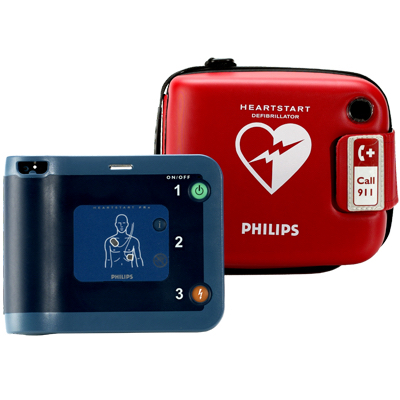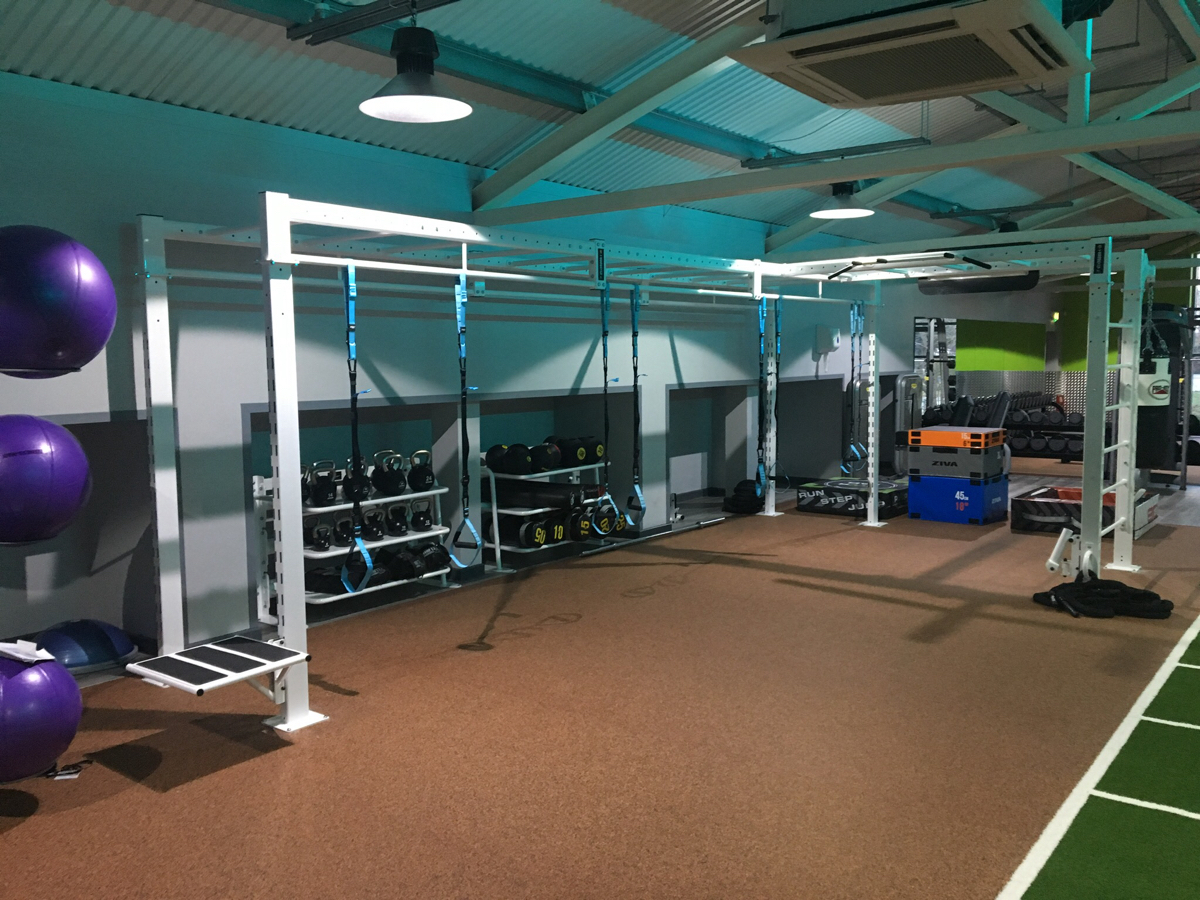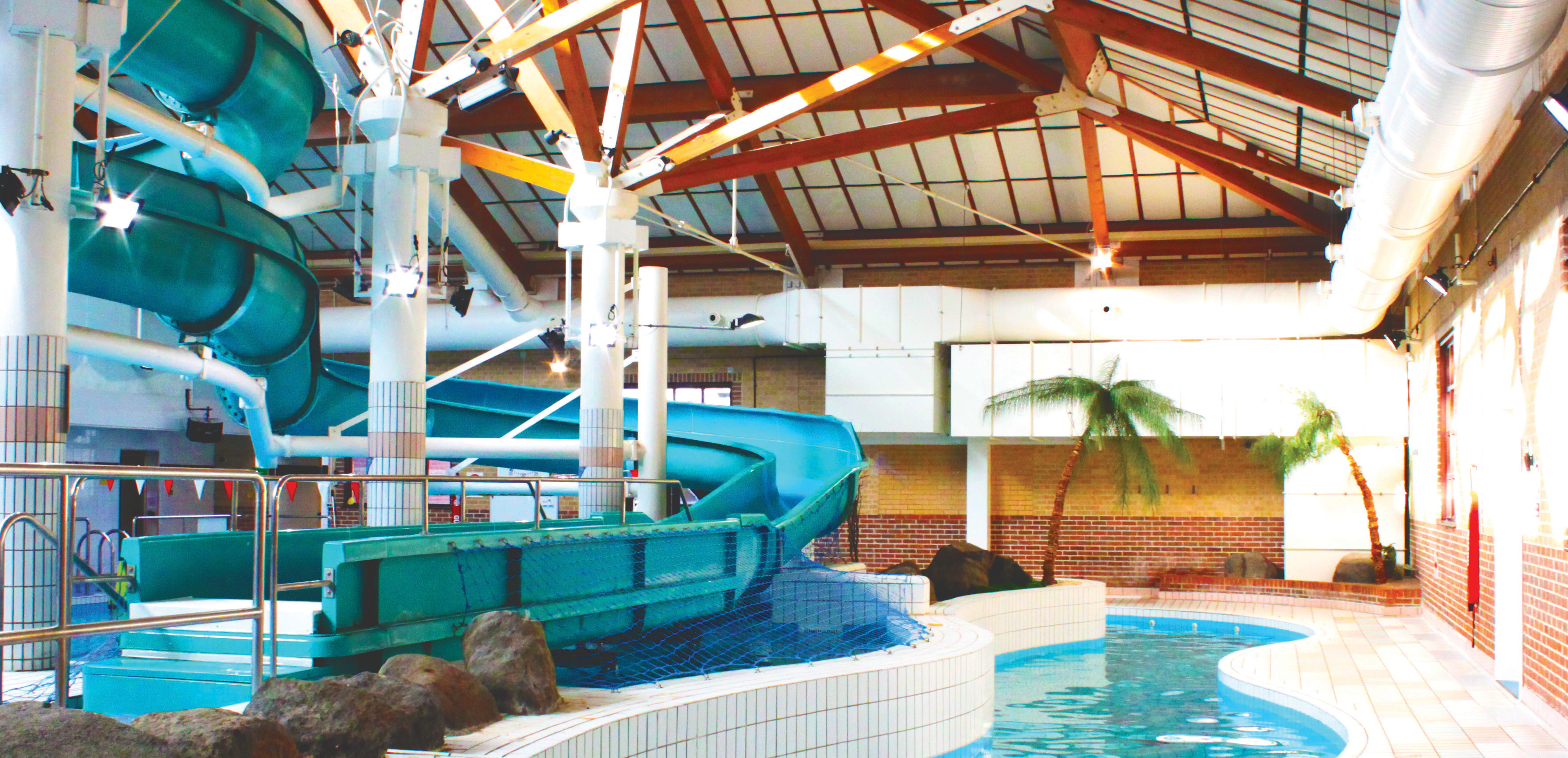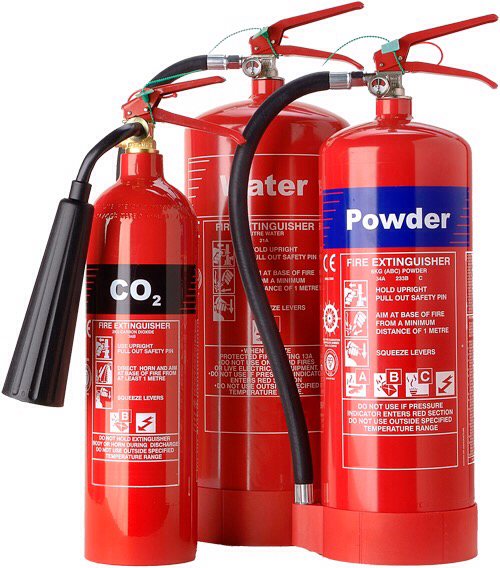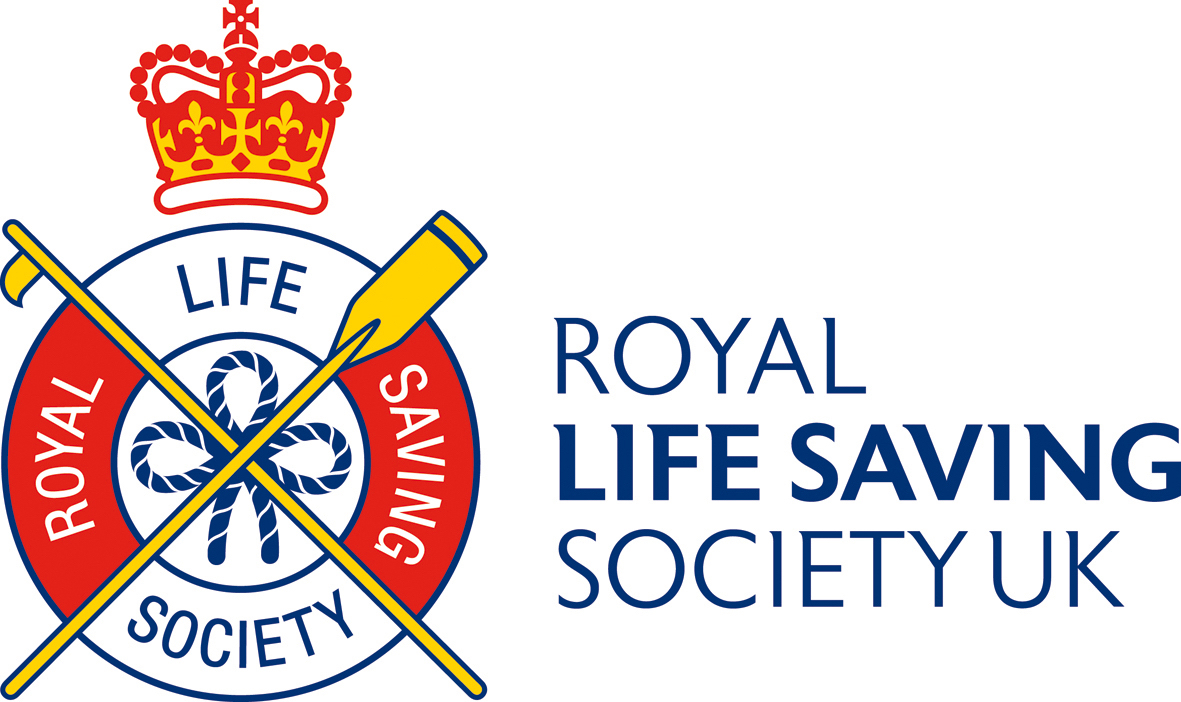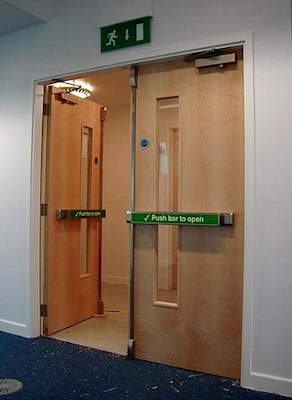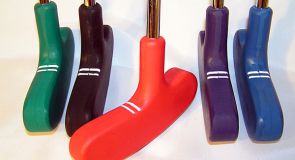Information
-
Conducted on
AED Check
-
Date & Time Completed
-
Self-Tests The HeartStart FRx AED Maintenance testing is not required because the FRx automatically runs a self-test at least once per day. By visually checking the Ready light daily, the user can verify that the FRx has passed a self-test within the last 24 hours and is therefore ready for use.
Battery Insertion Test When a user installs a battery in the FRx AED, the device runs a comprehensive self-test, called a Battery Insertion Test (BIT). The BIT verifies that the AED circuitry is fully operational, the device is properly calibrated, and that the device is operating within its performance specifications. The BIT should not be performed on a regular basis since this is unnecessary and shortens the life of the battery. It is recommended that the full BIT be run only under the following conditions: • When the HeartStart FRx is first put into service and following each emergency use. • Whenever the battery is replaced (except when the FRx is in use on a patient). • Whenever expired pads are replaced during periodic maintenance. • Whenever the FRx may have sustained physical damage.
Ready Light The Ready light, located on the upper right face corner of the FRx, indicates the readiness of the device.
If the green LED Ready light is blinking: the FRx has passed the battery insertion self-test and the last periodic self-test and is therefore ready for use. If the green Ready light is solid: The FRx is in use or running a self-test. If the green Ready light is off, the FRx is chirping, and the i-button is flashing: A self-test error has occurred, there is a problem with the pads or the pads are not connected, the Infant/Child Key has been left installed, or the battery power is low. Press the blue i-button for instructions. If, after you follow the troubleshooting prompts, the Ready light is still not blinking, it is possible that a critical error has occurred and the unit is not usable. If the green Ready light is off but the FRx is not chirping and the i-button is not flashing: there is no battery inserted, the battery is depleted, or the defibrillator needs repair. Insert/replace battery and run the self-test. As long as the FRx passes the self-test, you can be assured it is ready for use.
Periodic Self-Tests As long as a battery is installed and the pads case is connected, the FRx AED automatically performs a self-test at least once every 24 hours. An exception to this is when the unit is stored outside of its operating temperature range, which is indicated on the FRx by alarm chirping and a flashing blue i-button. If you press the blue i-button, the device will tell you that it could not complete its self-test because it has been stored outside its temperature range. The FRx will wait until its temperature is within specified limits before it resumes self-testing. This allows it to automatically reschedule self-testing to avoid, for example, a particularly cold time of night. There are three different periodic self-tests: daily, weekly, and monthly. The main difference among these tests is the extent of front end and waveform delivery circuitry tested and the energy level used. The monthly periodic self-test is the equivalent of the BIT, but without the user interactive part of the test. Test coverage is shown in Table 1, below. During the tests, the various lights on the device will briefly light and the unit may emit a soft click as its relays are tested. If the FRx is stored in its carrying case, it is unlikely that any of this will be noticeable. A blinking green Ready light means that the HeartStart FRx AED has passed a self-test within the last 24 hours and is therefore ready for use. In addition, HeartStart Event Review Software, available from Philips, can be used to print a self-test report for the HeartStart FRx AED.
Maintenance testing is unnecessary, as the FRx automatically perform daily self-tests, and correct operation is verified during battery insertion tests. When the Ready light is blinking that daily, weekly and monthly self-tests are operating as scheduled and that the unit has passed the most recently scheduled self-test.
Daily AED Check
-
AED Rescue Ready & No Faults Found
-
INFORM THE ASSISTANT MANAGER IMMEDIATELY
-
In Correct Location, Response Kit Sealed & Attached To AED
-
Signature
